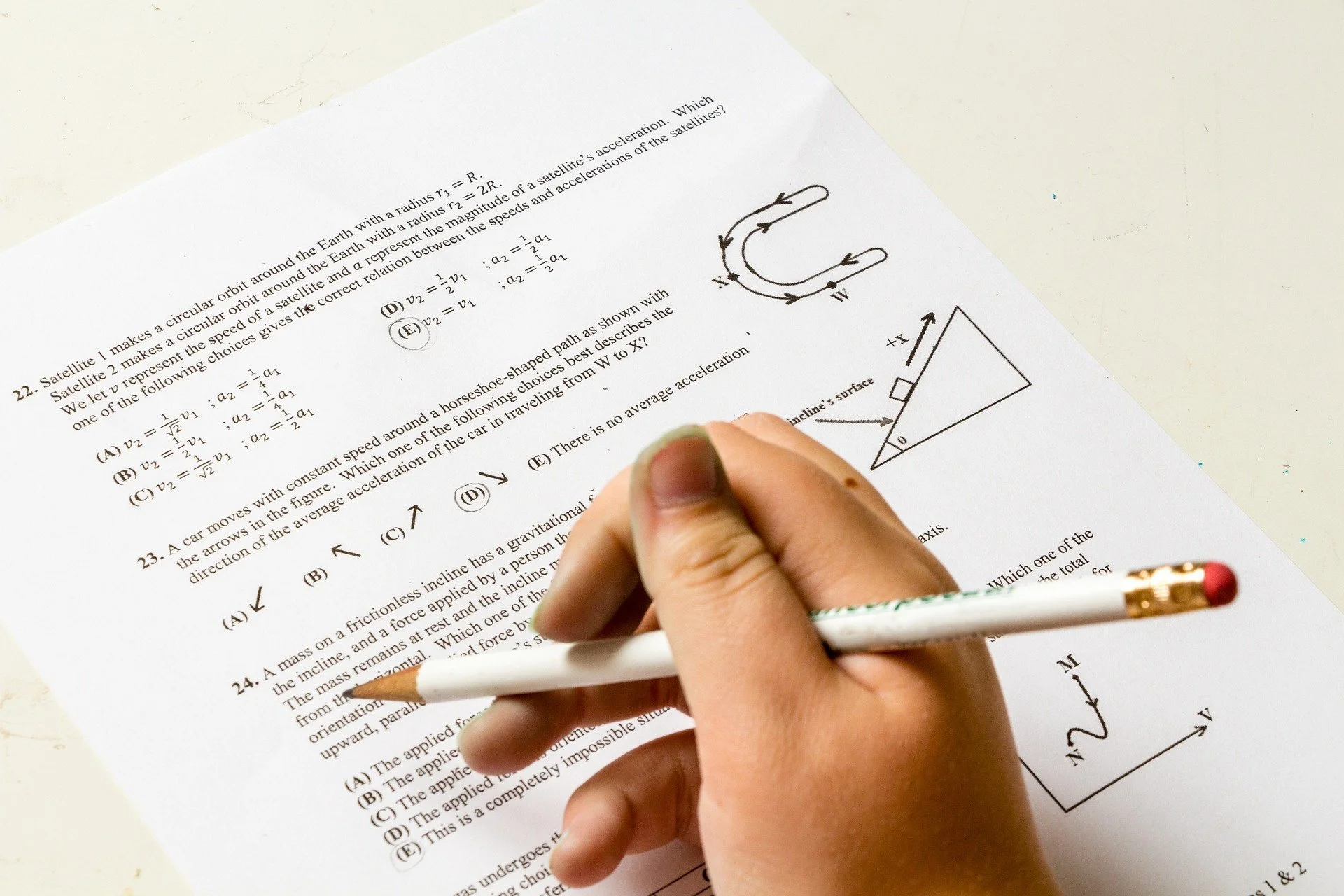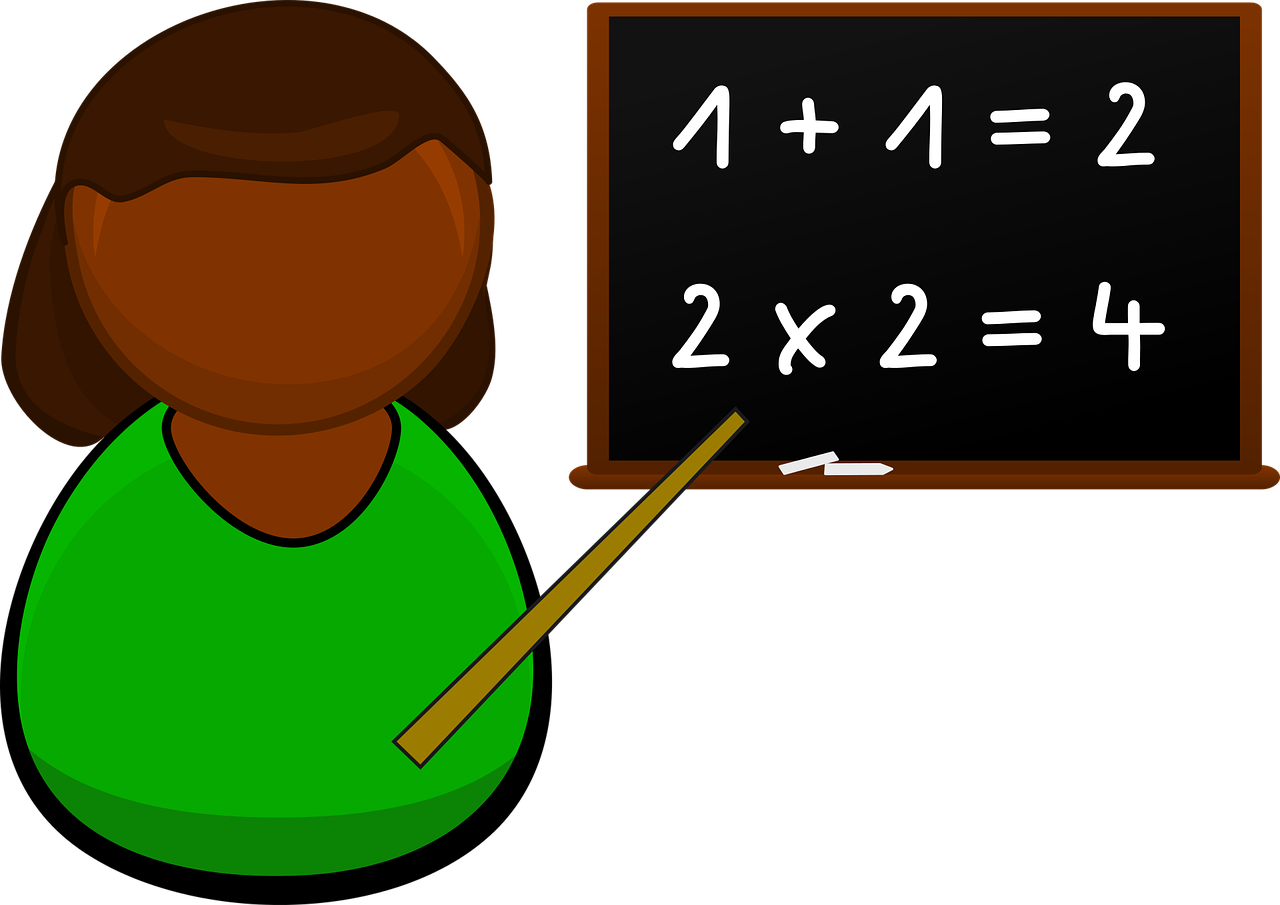Interleaving: A Classroom Experiment
By Megan Sumeracki
In today’s post, I am sharing an experiment published by Doug Rohrer, Robert Dedrick, and Kaleena Burgess (1) on interleaving in the classroom. I really like this experiment because it was conducted with middle school 7th graders (12 years old) in different math classes over the course of 11 weeks in their math classrooms. It is also a great example of researchers working together with teachers to conduct well-controlled classroom research.
The researchers (1) were interested in whether interleaving math problems over time would lead to superior learning than blocking them. Importantly, in this experiment, there were all different types of math problems. In previous experiments on interleaving, the math problems tended to be similar to one another, and interleaving was shown to help students discriminate between problems on assessments later (2). In this experiment, we see how interleaving affects learning of all different types of problems, relative to blocking.
Image from Pixabay.
The image shows different types of math problems on a worksheet. A student writes answers in pencil.
The Experimental Design and Procedure
The learning phase
Image from Pixabay.
The image shows a teacher pointing to math problems on a chalkboard.
The learning phase took place over 9 weeks in the classroom. During this time, the students received their normal lessons and assignments. There were four different types of problems that were a part of the experiment, and the students’ assignments were constructed so that across the nine weeks they saw 12 different problems of each of the four types. All students learned two types of problems interleaved throughout the assignments, and they learned the other two types of problems blocked in the assignments. However, the problems assigned to these two conditions (interleaving and blocking) were counterbalanced, meaning that across the entire experiment half of the students interleaved each type of problem and half blocked each type of problem. Counterbalancing ensures that any performance differences are not due to some types of problems being easier or harder for the students, and shows us true differences between the two different conditions in the experiment.
When a type of problem was learned through blocking, all 12 practice problems for the students to solve appeared in the same assignment. When a type of problem was learned through interleaving, the first four practice problems for the students to solve appeared in one assignment, and the remaining eight practice problems were distributed across the remaining assignments. In other words, these last eight problems were all mixed up in later assignments to create interleaving.
The researchers rearranged the problems within the assignments to reflect the appropriate blocking and interleaving conditions for students in the math classes, and researchers scored each assignment after the teachers collected them for the purposes of the experiment.
The assessment phase
Two weeks after the none-week learning phase ended, the students were given a surprise assessment test. The test was a surprise so that students would not cram before the test. The researchers created the test, and the teachers did not know what was on it prior to administering it. This procedure ensures that the students weren’t exposed to the problems before the test.
(As an aside, this does not mean researchers don’t trust teachers! We do this in the lab, too. Keeping as much of the procedure “blind” as possible just helps make sure no one accidentally or implicitly biases the results.)
Results
The results are short and sweet! Interleaving practice resulted in test performance that was almost twice as high as blocking practice. Students earned 72% on the problems they interleaved, whereas they earned 38% on the problems they blocked.
This experiment provides another example of effective learning strategies being tested in the classroom, and shows that interleaving even very different types of math problems led to greater learning than blocking them.
References:
(1) Rohrer, D., Dedrick, R. F., & Burgess, K. (2014). The benefit of interleaved mathematics practice is not limited to superficially similar kinds of problems. Psychonomic Bulletin & Review, 21, 1323-1330. https://doi.org/10.3758/s13423-014-0588-3
(2) Taylor, K., & Rohrer, D. (2010). The effect of interleaving practice. Applied Cognitive Psychology, 24, 837-848. https://doi.org/10.1002/acp.1598




